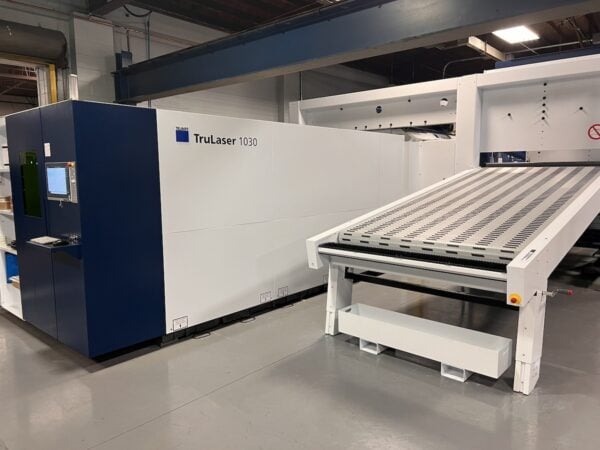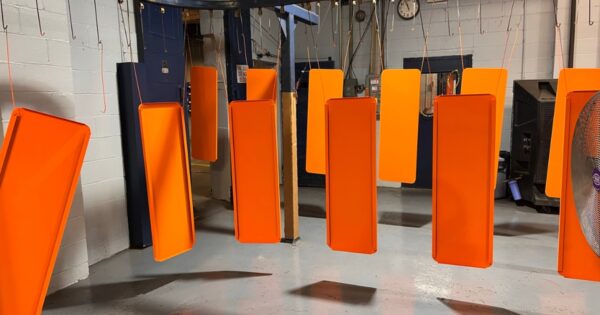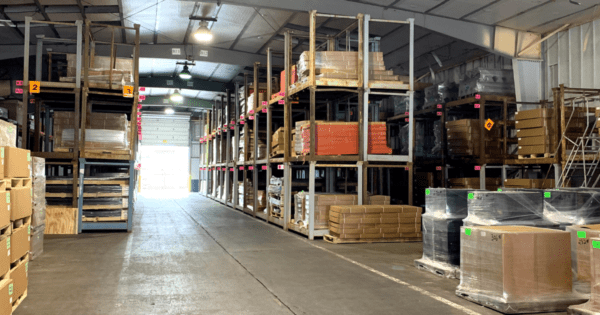Tightened emission regulations, tax credits, and a governmental push has thrust electric vehicles (EV) into the limelight, resulting in OEMs introducing exciting new models, and consumers are taking notice. In the first quarter of 2022, EV registrations soared by 60 percent, and the overall market share hit a record 4.6 percent.
EVs Are Nothing New
Although there has been a recent push for EVs, they have a fascinating history, first appearing well before internal combustion engine vehicles. The first prototype car with a rechargeable battery was introduced in about 1884. A decade later, an EV created quite the sensation at the 1893 Chicago World Fair. The 4-horsepower, front-wheel drive car could reach a top speed of 20 mph. It had 24 battery cells that needed recharging every 50 miles.
While we have come a long way since the early EVs, there are still opportunities for improvement. Continued improvements through lightweighting will help extend the endurance range and further increase consumer adoption. One place where weight reduction can occur is the battery enclosure – the covers and tray that hold and protect the frames and battery cells.
Reducing Weight Of Battery Enclosures
Battery enclosures are inherently heavy because they must support the weight of the battery and offer protection. Reducing the battery housing weight will reduce the vehicle’s overall weight. A 10 percent weight reduction increases the vehicle’s range by 6 percent.
Real-world testing of more than 30 EVs at 70 miles an hour demonstrated a range from just over 100 miles per charge on the lower end to an astonishing 500 miles on the high-end 2022 Lucid Air Dream. The average was around 250 miles. A 10 percent weight reduction could gain another 15 miles on average, which can be meaningful when a driver needs to make it to the next charging station.
EVs can be very expensive to purchase, and it is estimated that more than 30 percent of the cost is tied to the battery, and battery costs have been soaring – up 50 percent since last year because of supply chain disruptions and material shortages. With so much invested into the battery, protecting it is essential.
Involve An Experienced Sheet Metal Fabricator Early
Working with your sheet metal fabricator early in the design process will ensure your battery encasement fits in the allotted space and meets other requirements. The battery enclosure plays a critical role in the event of a crash in terms of preventing the piercing of the battery cells and absorbing energy to protect the passengers. Another consideration is how the enclosure reacts during a thermal runaway or a vehicle fire.
At Tusco Manufacturing, we have experience with fabricating lighter-weight battery enclosures. We will work closely with you to ensure all your specifications are met. Not all fabricators have the required capabilities to produce a high-quality enclosure. Battery enclosures require specialized precision welding to fabricate them – capabilities that we have. EV battery encasements also require unique coatings that are heat and oil resistant, prevent corrosion, and don’t interfere with the EV’s performance. Our facility is equipped to obtain and complete this work to a satisfactory level.
Contact us today to learn how we can help you reduce the weight of your battery enclosure without impacting its fit or function.




